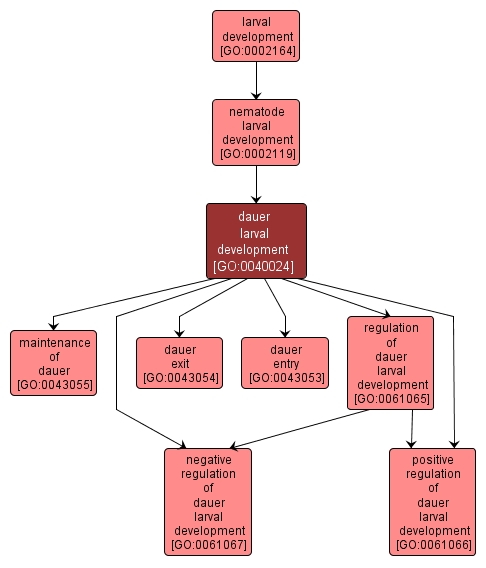| Desc: |
The process whose specific outcome is the progression of the dauer larva over time, through the facultative diapause of the dauer (enduring) larval stage, with specialized traits adapted for dispersal and long-term survival, with elevated stress resistance and without feeding. |














